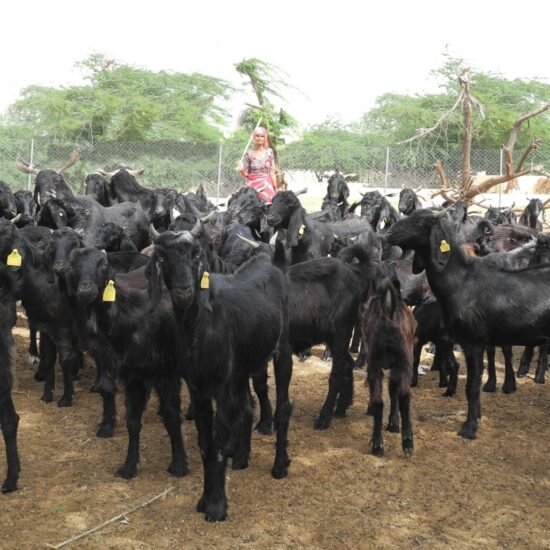
GIV will connect at least one million farmers to the digital ecosystem of GKC by leveraging the network of digitally connected grassroots women entrepreneurs called ‘Grameen Mittras’
Grameen Impact Ventures (GIV), in collaboration with MasterCard Technologies, recently announced the launch of Grameen Kisan Connect (GKC), a significant initiative toward the digitalisation of agriculture value chains in India. Agriculture and allied services account for 18 per cent of India’s GDP and over half of all the employment in the country. Yet, the smallholder farmers, accounting for three-fourths of all the farmers, suffer due to inefficiencies in the agricultural supply chain, resulting in lack of market access, barriers in access to quality inputs at competitive prices and low return on investment on them.
The Grameen Kisan Connect (GKC) platform is a complete digital ecosystem powered by MasterCard Technologies. It brings together primary producers of agricultural commodities, input suppliers, commodity buyers, agro-processors, logistics providers, agricultural credit providers, farmer producer organizations and digital agricultural advisory service providers.
GIV will connect at least one million farmers to the digital ecosystem of GKC by leveraging the network of digitally connected grassroots women entrepreneurs called ‘Grameen Mittras’. This network of over 1,600 women entrepreneurs is spread across 16 districts in the Vidarbha region of Maharashtra, Eastern Uttar Pradesh and Central Bihar.
Speaking on the occasion of launch of this platform, Prabhat Labh, Founder and CEO of Grameen Impact Ventures said, “Launch of the GKC platform in collaboration with MasterCard Technologies will help in fulfilling an important goal of GIV, which is, to make farming more profitable for the smallholder farmers. By leveraging this digital ecosystem, the farmers will reduce their input costs by benefiting from transparency in input supply, fetch a better price for their produce by having access to a much larger range of buyers on the digital platform and access high-quality crop advisory services.”






